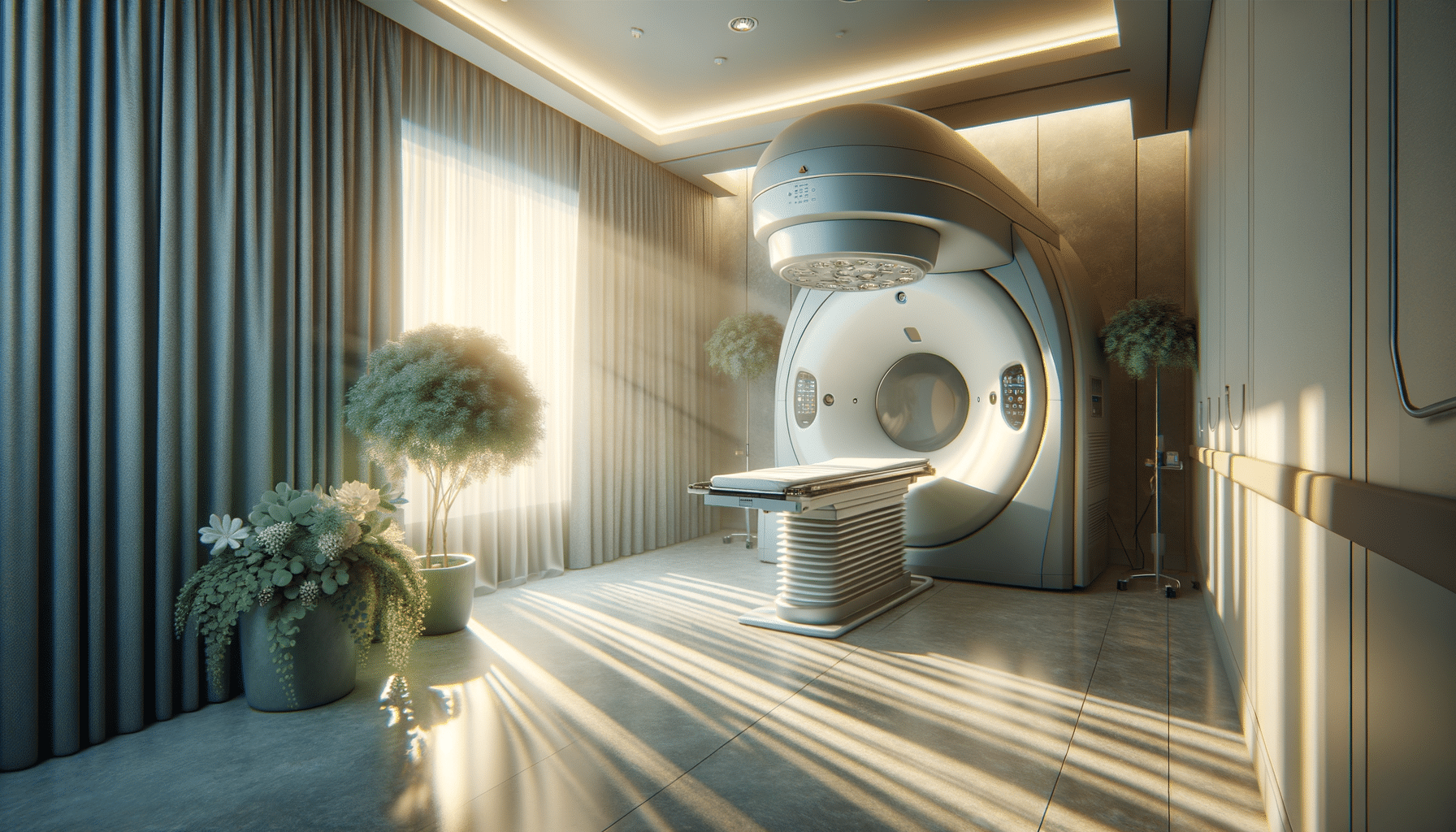
Radiation Therapy Explained: What to Expect During Treatment and Practical Lifestyle Tips
Understanding Radiation Therapy
Radiation therapy is a pivotal treatment method used in the fight against cancer. It involves the use of high-energy particles or waves, such as X-rays, gamma rays, electron beams, or protons, to destroy or damage cancer cells. This form of therapy is highly targeted, aiming to minimize damage to surrounding healthy tissues. Radiation therapy can be used alone or in conjunction with other treatments like surgery and chemotherapy.
There are two main types of radiation therapy: external beam radiation and internal radiation therapy, also known as brachytherapy. External beam radiation involves a machine that directs radiation towards the cancer from outside the body, while brachytherapy involves placing a radioactive source inside or near the tumor. Each type has specific applications depending on the cancer type and location.
Radiation therapy is a cornerstone in cancer treatment due to its ability to target and eliminate cancer cells effectively. However, it is crucial for patients to have a thorough understanding of the process, potential side effects, and necessary lifestyle changes to support their treatment journey.
What to Expect During Radiation Therapy
Undergoing radiation therapy requires preparation and understanding of what the treatment entails. Typically, the process begins with a planning session called simulation, where the medical team maps out the precise area to be treated. This involves imaging scans like CT or MRI to guide the treatment plan.
During the actual treatment sessions, patients lie on a treatment table while a machine delivers the radiation. The sessions are usually quick, lasting about 10 to 30 minutes, and are painless. However, the environment can be intimidating, with large machinery and a clinical setting. It’s important for patients to communicate any discomfort or concerns with their healthcare providers throughout the process.
Consistency is key in radiation therapy, and treatments are typically scheduled five days a week for several weeks. This schedule allows healthy cells time to recover while effectively targeting cancer cells. Patients are encouraged to maintain a routine and find ways to relax and manage stress, as mental well-being is an important aspect of the treatment process.
Potential Side Effects of Radiation Therapy
While radiation therapy is effective in targeting cancer cells, it can also affect healthy cells, leading to side effects. These side effects vary depending on the treatment area, dose, and individual patient factors. Common side effects include fatigue, skin changes, and localized pain or discomfort in the treated area.
Fatigue is one of the most common side effects and can persist for weeks or months after treatment ends. Patients may also experience skin changes such as redness, peeling, or blistering, particularly in areas that receive external beam radiation. Managing these side effects involves regular communication with the healthcare team to adjust treatment plans and incorporate supportive care measures.
It’s crucial for patients to be proactive in managing side effects by following recommended skin care routines, maintaining a balanced diet, and engaging in light physical activity to boost energy levels. Support groups and counseling can also be beneficial in coping with the emotional and psychological impact of cancer treatment.
Lifestyle Adjustments to Support Recovery
Adapting one’s lifestyle during and after radiation therapy can significantly impact recovery and overall well-being. Nutrition plays a vital role, with a focus on a balanced diet rich in fruits, vegetables, lean proteins, and whole grains to support the body’s healing process. Staying hydrated is equally important to help manage side effects and maintain energy levels.
Regular physical activity, tailored to the individual’s abilities and treatment plan, can help combat fatigue and improve mood. Activities like walking, yoga, or gentle stretching can be beneficial. It’s important to consult with healthcare providers before starting any new exercise regimen to ensure it’s safe and appropriate.
Emotional support is another critical aspect of recovery. Patients are encouraged to seek support from friends, family, or professional counselors to navigate the emotional challenges that may arise. Engaging in hobbies, meditation, or mindfulness practices can also promote mental well-being and resilience.
Summary and Conclusion
Radiation therapy is a powerful tool in the treatment of cancer, offering hope and potential for recovery to many patients. Understanding what to expect during the treatment process, potential side effects, and the necessary lifestyle adjustments can empower patients to navigate their journey with confidence and resilience.
Each patient’s experience with radiation therapy is unique, and maintaining open communication with healthcare providers is key to addressing concerns and optimizing treatment outcomes. By embracing a holistic approach that includes physical, emotional, and nutritional support, patients can enhance their recovery and improve their quality of life during and after treatment.


